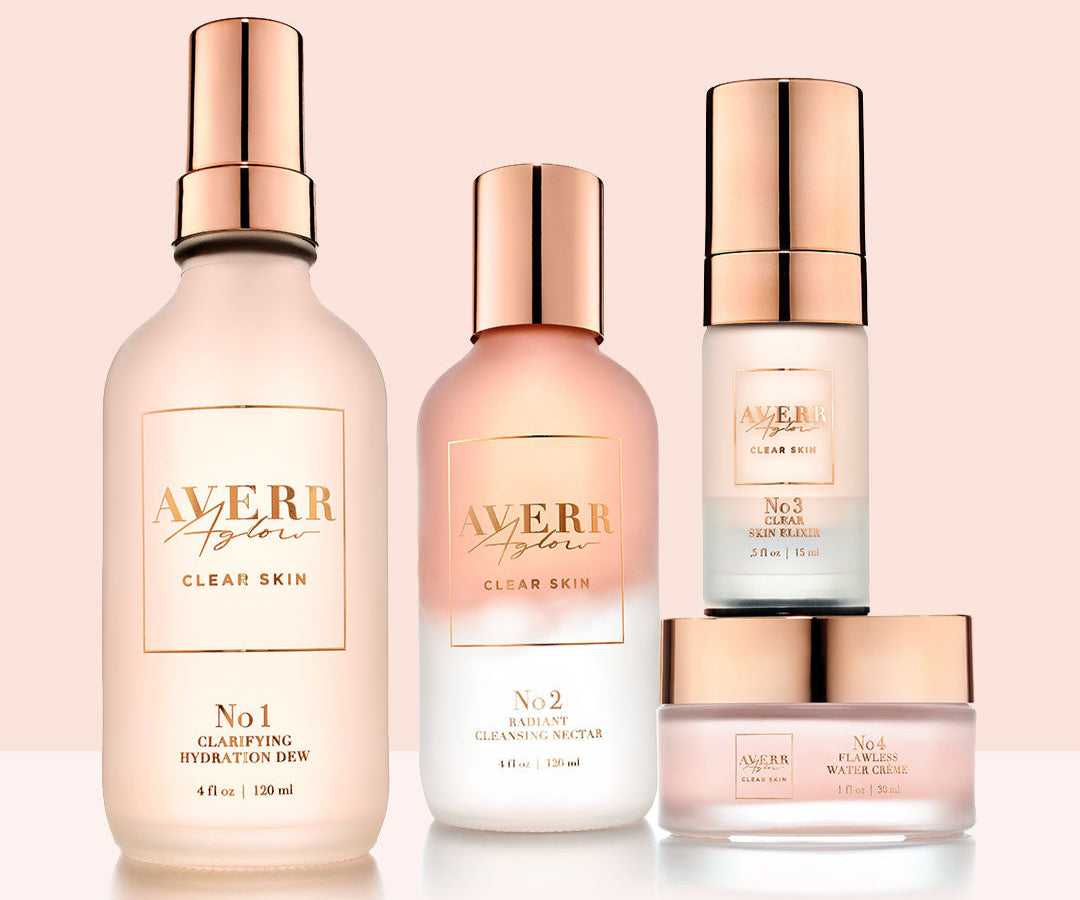
Blackheads vs. Sebaceous Filaments: Which Do You Actually Have?
Sebaceous Filaments vs. Blackheads
Sebaceous filaments and blackheads are often confused due to their similar appearance but they are two distinct features often found on the skin, and while they may appear similar at first glance, understanding their differences is crucial for effective skincare.
| Sebaceous Filaments |
| Color |
Typically light to medium yellow or tan |
| Texture |
Soft and smooth, more pliable than blackheads |
| Location |
Commonly found on the nose, chin, and forehead |
| Contents |
Contains a combination of sebum, dead skin cells, and bacteria |
| Nature |
Natural and essential components of skin anatomy, serve as channels for sebum flow |
| Blackheads |
| Color |
Dark or black, due to oxidation of sebum |
| Texture |
Firmer and more solid compared to sebaceous filaments |
| Location |
Can appear on various parts of the face and body |
| Contents |
Result from the blockage of hair follicles by excess sebum, dead skin cells, and bacteria |
| Nature |
Considered a form of acne lesion, associated with clogged pores and inflammation |

What Are Blackheads?
Blackheads are a common type of acne. They are small, dark-colored bumps that appear on the skin, often on the face, neck, chest, and back. Blackheads are considered open comedones, which means the pores where they form are exposed to air. This exposure to air causes the trapped sebum (skin oil) and dead skin cells within the pore to oxidize, resulting in the dark or grayish coloration that gives blackheads their name.
Causes of Blackheads
Understanding the underlying causes of blackheads is essential for effective management. The main contributors include:
- Excess Sebum Production: Overproduction of sebum, the skin's natural oil, can clog hair follicles, contributing to blackhead formation.
- Accumulation of Dead Skin Cells: The buildup of dead skin cells on the skin's surface can mix with sebum and block hair follicles.
- Bacterial Activity: Bacteria, particularly Propionibacterium acnes, can thrive in clogged hair follicles, leading to inflammation and the development of blackheads.
- Hormonal Fluctuations: Hormonal changes during puberty, menstruation, pregnancy, and other life stages can increase sebum production, making individuals more susceptible to blackheads.
- Certain Skincare Products: The use of certain skincare products, especially those that are oil-based or comedogenic, can exacerbate blackhead formation.
What are Sebaceous Filaments?
Sebaceous filaments are tiny, cylinder-like structures that are naturally occurring in the lining of hair follicles. They are often found on the face, particularly in areas with a high concentration of sebaceous (oil-producing) glands, such as the nose, chin, and forehead. Sebaceous filaments are not a type of acne or skin condition, and they are different from blackheads.
What Causes Sebaceous Filaments?
Sebaceous filaments are a normal and natural component of the skin's anatomy, and their presence is not indicative of a skin condition. They are primarily formed within hair follicles and are associated with the sebaceous (oil) glands that produce sebum to lubricate the hair and skin.
The formation and appearance of sebaceous filaments are influenced by several factors:
- Sebum Production: Sebaceous glands release sebum, an oil that helps moisturize and protect the skin. Sebaceous filaments contain a mixture of sebum, dead skin cells, and bacteria.
- Hair Follicle Structure: Sebaceous filaments are located along the lining of hair follicles. The structure and size of hair follicles can vary, impacting the appearance and prominence of sebaceous filaments.
- Genetics: Genetic factors play a role in determining skin characteristics, including the size and activity of sebaceous glands. Some individuals may naturally have more noticeable sebaceous filaments than others.
- Skin Type: The type of skin a person has, whether it's oily, dry, or combination, can influence the appearance of sebaceous filaments. Individuals with oilier skin may have more prominent filaments.
Natural Treatment Options for Blackheads
Treating blackheads naturally involves using natural ingredients to help manage and reduce these blemishes. Here's a step-by-step guide on how to treat blackheads effectively:
- Maintain a Consistent Skincare Routine: Gently cleanse your face twice a day with a mild, non-comedogenic (won't clog pores) cleanser. Avoid scrubbing the affected area vigorously, as it can worsen inflammation.
- Exfoliate Regularly: Use a gentle exfoliant 2-3 times a week to remove dead skin cells and prevent clogged pores. Be cautious not to over-exfoliate, as this can exacerbate the problem.
- Warm Compress: Applying a warm, damp compress to the affected area can help open pores and promote natural drainage. Gently press the warm compress against the blackheads for 5-10 minutes, then carefully cleanse the area.
- Avoid Touching: Avoid picking, squeezing, or touching blackheads, as this can introduce bacteria and lead to infection and scarring.
- Avoid Comedogenic Products: Use non-comedogenic (non-pore-clogging) skincare and makeup products to prevent further clogging of pores.
- Moisturize: Even if you have oily or acne-prone skin, it's important to use a lightweight, non-comedogenic moisturizer to keep your skin hydrated.
- Sun Protection: Use a broad-spectrum sunscreen with an SPF of 30 or higher to protect your skin from UV damage, which can worsen acne.
- Maintain a Healthy Lifestyle: Maintain a balanced diet with plenty of fruits, vegetables, and whole grains. Limit consumption of dairy and sugary foods, as they may exacerbate acne in some individuals. Get regular exercise and manage stress, as both can have an impact on skin health.
- Patience: Consistency is key. It can take time for treatments to show results, so be patient and stick to your routine.
How to Treat Sebaceous Filaments?
Sebaceous filaments are a natural part of the skin and, in most cases, do not require specific treatment. Attempting to remove or treat them aggressively can potentially lead to skin irritation or damage. However, incorporating a consistent skincare routine can help minimize their appearance and maintain healthy skin. Here are some general tips:
- Gentle Cleansing: Use a mild, non-comedogenic cleanser to clean your face. This helps remove excess oil and prevent the buildup of sebum and dead skin cells around the filaments.
- Exfoliation: Include a gentle exfoliant in your skincare routine to help remove dead skin cells. Chemical exfoliants containing ingredients like salicylic acid or alpha hydroxy acids (AHAs) can be effective. Avoid abrasive physical exfoliants that may irritate the skin.
- Clay Masks: Occasional use of clay masks can help absorb excess oil and impurities from the skin. Kaolin or bentonite clay masks are known for their oil-absorbing properties.
- Oil-Free Moisturizers: Use oil-free or non-comedogenic moisturizers to hydrate your skin without adding excess oil.
- Balanced Diet and Hydration: A healthy diet and proper hydration contribute to overall skin health. Drinking enough water and incorporating a variety of nutrient-rich foods can support skin function.

What to Do Next? Try Averr Aglow’s Clear Skin Kit
Tired of feeling lost and confused about what you should do to get clear, smooth skin? Order the Clear Skin Kit.
The Clear Skin Kit contains products specially crafted with the perfect blend of natural ingredients that help soothe and calm red, irritated skin while also clearing up breakouts. If you struggle with sensitive acne/breakout-prone skin, hormonal acne, cystic acne, or rosacea, then you’ll be happy you found this complete routine.
Please understand, that results may vary, we’re not selling you a miracle product and would never try to position or state that you will get a true result in only a few days. In our clinical trials, most users found the most results at the 30-day and then the 56-day mark by sticking with our routine.
What is Averr Aglow®?
Averr means Truth. We have pioneered a revolutionary no-rinse cleansing routine specifically tailored to address problematic skin issues.
Hi, I’m Camille, founder of Averr Aglow, and I help adult women who are battling breakouts and acne get clear skin results like they have never seen before, even if nothing has worked for them in the past.
After battling breakouts for over 16 years, trying every skincare product under the sun, and visiting countless professionals like dermatologists, nutritionists, and hormonal doctors, I finally learned why nothing seemed to work on clearing up my skin, what truly causes breakouts and acne, and EXACTLY what to do to get clear skin results – and I want to help you do the same.
Let me help you! Read my full testimonial here.






